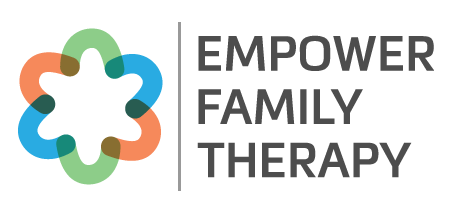A More Successful Way to Self-Care
Feeling overwhelmed by the constant pressure to "do it all"? Let’s simplify the self-care process with a flow chart that helps you find what truly nurtures you in a mindful, thoughtful way. This guide breaks down our proven self-care flow chart, designed to help you discover what works best for you.
Step 1: Pause and Take a Look Inside – Embrace Mindful Self-Reflection
The first thing we need to do is pause. We’re always busy, running from one task to the next, but to truly care for ourselves, we need to slow down and do an internal check. Taking a moment to breathe, sit with yourself, and evaluate what’s really going on is essential. It’s in this pause that you can identify your true feelings and determine what might need to shift in your life.
Step 2: Determine the Feeling – Identify Emotions for Effective Self-Care
Once you’ve paused, the next step is to pinpoint your emotions. Understanding what’s truly affecting you is crucial. Are you feeling overwhelmed, exhausted, frustrated, anxious, or disconnected? By acknowledging these emotions, you lay the groundwork for meaningful self-care that addresses your emotional needs.
Step 3: Determine the Need – Align Self-Care with Your True Requirements
After identifying your feelings, the following step is to determine what you need in response. For instance, if you’re feeling overwhelmed, ask yourself: Do you need rest, clearer boundaries, better organization, or extra support? Recognizing your needs ensures that the next step—finding the right solution—will nurture you in the most effective way.
Step 4: Find the Fit (or the Fix) – Customize Your Self-Care Solutions
The final step is finding the fit: choosing what action will best meet your identified need. This is where self-care can challenge traditional ideas. While many think self-care is simply a bubble bath or meditation, the perfect fit might be a practical solution that empowers you to regain control. Whether it’s delegating tasks or reorganizing your schedule, tailoring your self-care to your current needs is essential.
Real-Life Self-Care Strategies – Balancing Work, Housework, and Personal Needs
Let’s explore real-life examples to see how this flow works in practice:
Example 1: Work First – Delegating Tasks to Boost Productivity
Imagine feeling overwhelmed because work demands your attention while distractions keep piling up. Here, your need might be to focus on work and feel productive. The solution could be delegating non-essential tasks, such as hiring a cleaner to handle household chores, or involving family members in sharing responsibilities. This approach creates the space you need to excel professionally.
Example 2: Housework First – Prioritizing Home Organization for Peace of Mind
Alternatively, you might feel that the clutter at home is preventing you from concentrating. In this case, your need is to restore order and achieve a sense of accomplishment by tackling housework. Whether you schedule dedicated time for cleaning or negotiate a work deadline extension, addressing the home front first can provide the mental clarity needed to move forward.
Finding the Perfect Fit – Tailoring Self-Care for Lasting Balance and Fulfillment
The key to true self-care is matching your true need with the right action. Rather than adhering to a rigid self-care routine, tune into what your soul truly requires at that moment. When your chosen action aligns with both your emotions and needs, you achieve a sense of fulfillment and balance.
I hope this flow chart helps you understand self-care from a fresh perspective. Sometimes the best self-care comes from thinking outside the box and choosing what truly meets your needs. As always, we welcome your thoughts and questions—let’s continue to explore ways to nurture ourselves in ways that genuinely fit our lives.
